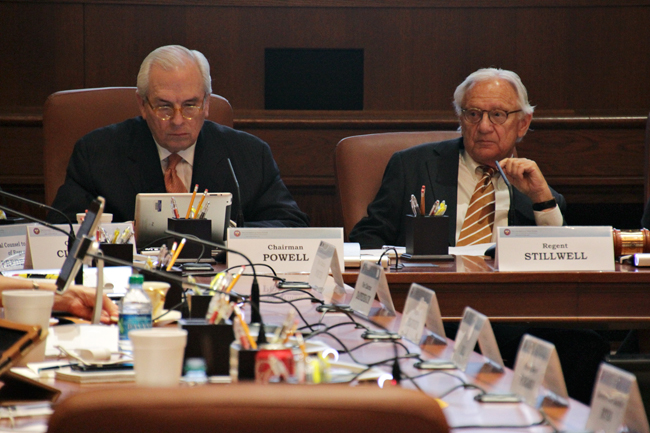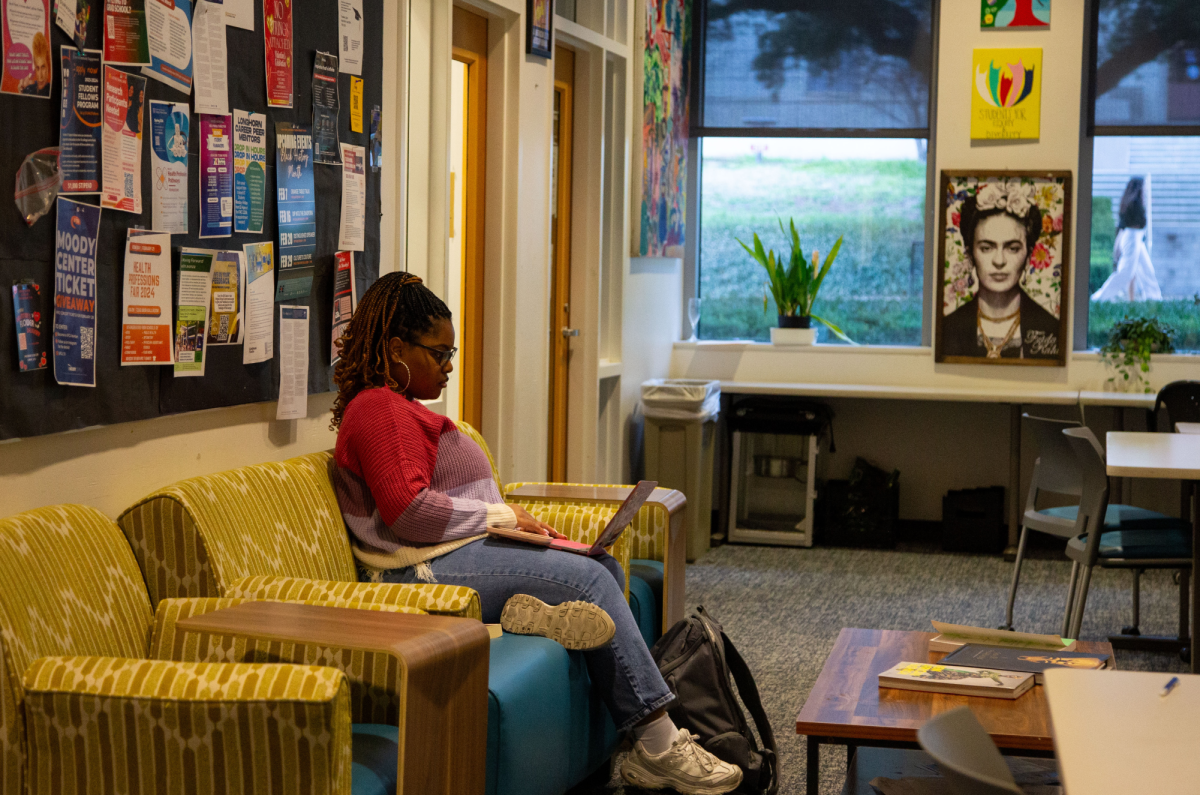The UT System Board of Regents approved a proposal that would demolish the Engineering-Science Building and replace it with a new building called the Engineering Education and Research Center at its meeting Wednesday.
The proposal will now go to the Texas Legislature for tuition revenue bond funding. President William Powers Jr. said the University plans to build the new Engineering Education and Research Center regardless of the funding decision, but if the Texas Legislature approves the bond, UT will be able to build the center sooner.
“This is the highest priority project on our campus right now and one of our most important and most successful colleges,” Powers said at the meeting Wednesday. “The [Cockrell School of Engineering] brings in $160 million a year in external research funding. … It teaches 5,600 undergraduates and 2,200 graduate students. It has 278 tenured and tenure-track faculty, so it’s a very large and very important part of our campus.”
This building is part of a 10-year project to modernize UT’s engineering facilities. The University built the Biomedical Engineering Building in 2008 for the new department, but pre-existing engineering programs have not received new buildings, Powers said.
“In terms of the main campus and teaching our students and doing research, the last engineering building was the Chemical and Petroleum Engineering Building in 1986 — that’s 26 years,” Powers said.
The new engineering building will total 430,000 square feet and will take the place of the Engineering-Science Building in the engineering area.
“We are replacing an existing building and removing 240,000 square feet of space,” Powers said. “It is virtually not quite unusable, but obsolete, and in great need of either repair, but in this case replacement. It would add 193,000 square feet.”
The project is intended to improve the resources, technology and research available to engineering students.
“It is a combination of a student-oriented project learning center … and flexible interdisciplinary modular research space,” Powers said. “It reflects not just the need for updated and higher-tech classrooms, but really a new way of teaching students, much more project-oriented, much more team-oriented.”
The projected total cost of the project is $310 million, and Powers requested a $95 million tuition revenue bond authorization, or TRB. According to UT System spokeswoman Jenny LaCoste-Caputo, a tuition revenue bond finances construction through the selling of a bond. She said if the bond is approved, it would be issued to UT, but the state would pay the full amount.
Powers said if the bond is not approved, the project would still be financed through alternative sources.
“This project is going forward when we get the fundraising done even if the Legislature says we’re not going to have any TRBs,” Powers said.
This project meets the Texas Higher Education Coordinating Board’s standards for space need, building cost and building efficiency and will lower the amount of deferred maintenance. The project was previously unsuccessfully proposed to the Legislature in May 2012.
Engineering students said they look forward to the renovation and expansion of their program’s facilities, particularly because of the age of current engineering buildings.
“They definitely look outdated in comparison to all of the newer buildings,” mechanical engineering sophomore Chris Krieps said. “They don’t have the same openness. It feels really cramped and stuffy when you’re inside of them versus the new liberal arts buildings which are really open and breathe nicely versus being in the mechanical engineering building.”
New and updated resources are also a promising aspect of this project.
“Some of the new technology that’s come out since [the buildings] were created could help us out,” electrical engineering sophomore Eric Van Dyk said. “If we could get new facilities, it could help us with research; some of the materials we use are kind of old, and some of the stuff that we could have could be so much better.”
Printed on Thursday, January 24, 2013 as: UT System approves plan for Cockrell replacement





















